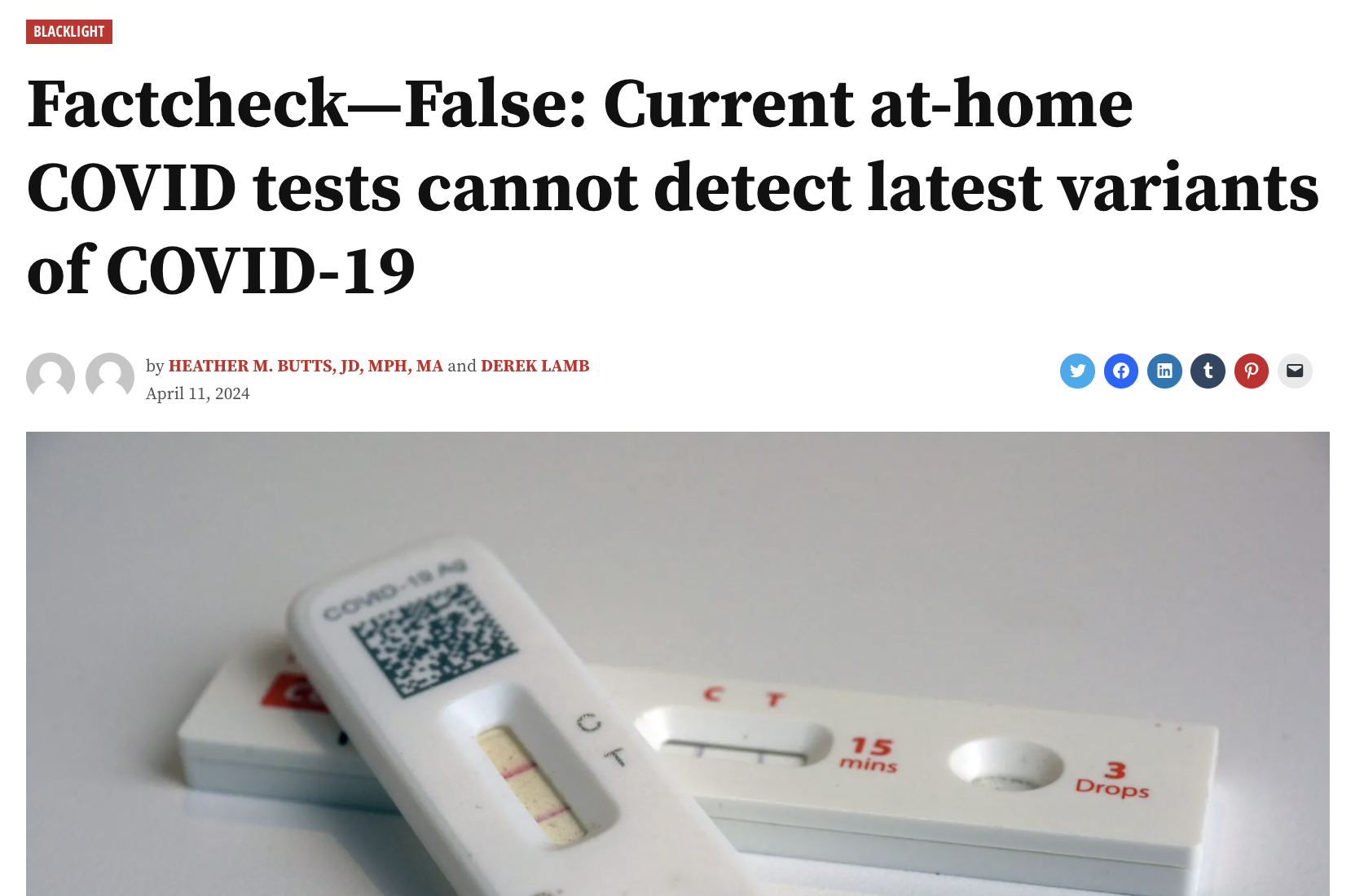Science Communication
Any scientific insight the goes unshared is meaningless. The collective research process requires dissemination and interrogation of ideas, but this is easier said than done. A key part of effective science communication is understanding your audience, and your relationship to your audience. Academic publications are an effective means of communicating new discoveries and methods within the scientific community, but can’t always convey those insights to students, policy-makers, and the public.
Here, I want to highlight my involvement in two different domains of science communication: first, my work in public health journalism to promote public health literacy and address misinformation, and second, my work in science education.
Media Publications
I work with the New York Amsterdam News as a public health correspondent. I have published a number of articles debunking health misinformation and aim to promote a public understanding of prevailing issues in public health. To read stories that I and my public health peers have written, visit the AmNews’s website.

Education
I have a strong interest in education, and work to engage and teach students about a range of STEM topics. Over the past decade, I have mentored, tutored, and TA’d students in a number of subjects, primarily mathematics and chemistry. These students have ranged from middle school to masters level, and . Currently at Columbia, I TA courses in statistical theory and data science.
I have also done extracurricular engagemen, giving talks on web design and data science for student groups at Columbia.